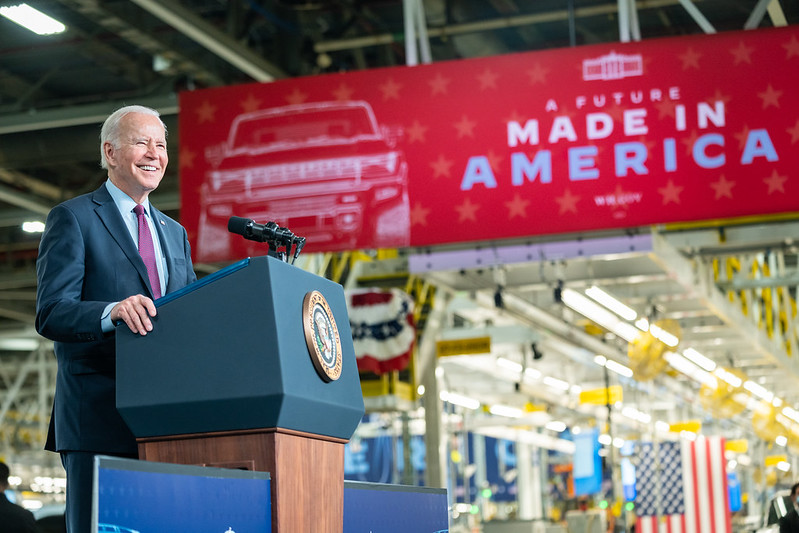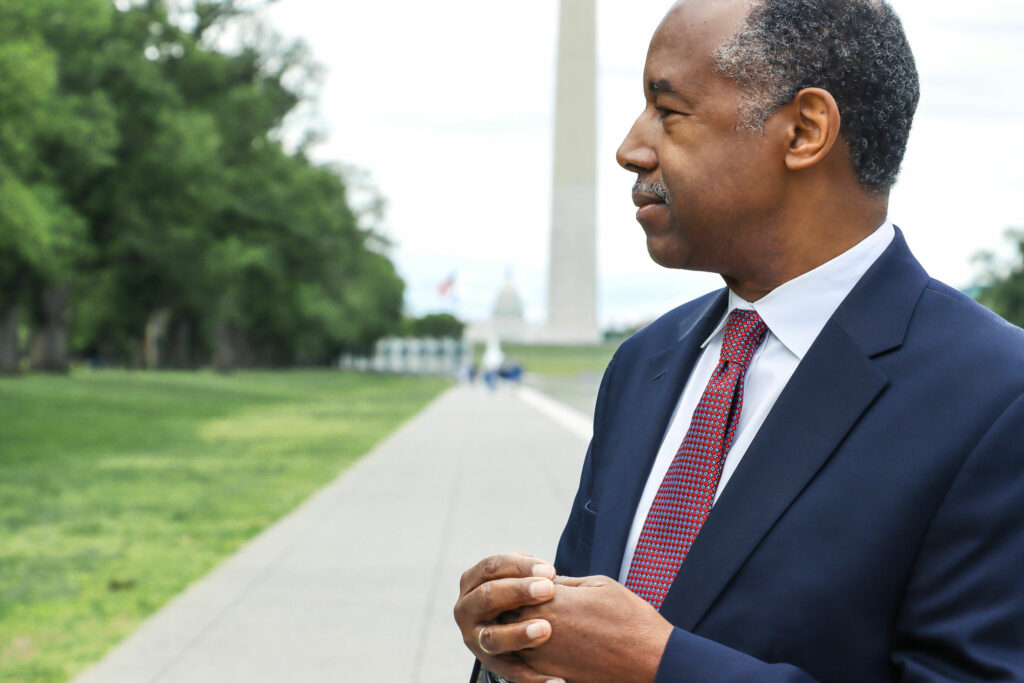 Late last month, the Biden administration’s Environmental Protection Agency (EPA) announced new tailpipe pollution limits, which the New York Times called “one of the most significant climate regulations in the nation’s history.” These new regulations effectively require that about 70 percent of new vehicle sales be battery-powered electric or hybrids by 2032—even though electric vehicles made up less than 8 percent of new car sales last year.
Late last month, the Biden administration’s Environmental Protection Agency (EPA) announced new tailpipe pollution limits, which the New York Times called “one of the most significant climate regulations in the nation’s history.” These new regulations effectively require that about 70 percent of new vehicle sales be battery-powered electric or hybrids by 2032—even though electric vehicles made up less than 8 percent of new car sales last year. The Biden administration and the Washington, D.C. bureaucracy are grossly overstepping the bounds of their authority by forcing American automobile manufacturers and consumers to transition to electric vehicles. Part of the American system of self-government is the freedom of every citizen to choose what best suits their individual needs. While there are good reasons many people purchase electric vehicles—such as advanced technology, faster engines, increased luxury, and more—there are also some significant downsides, which consumers have duly noted.
For instance, Consumer Reports estimates that most electric vehicles cost about $61,000 at sale, which is $12,000 higher than the industry average. Another notable downside of electric vehicles is their limited range of 217 miles in 2021 (just over half of the 417-mile average range for gas-powered cars). Electric vehicles can also take upwards of 50 hours to charge on a level-one charger, per the Department of Transportation’s website. Moreover, our country lacks the infrastructure to power a nation of electric vehicles. One National Renewable Energy Laboratory study demonstrates that the United States would need to build 380 charging points per day for the next nine years to transition to electric vehicles. Currently, the build pace is about 30 ports per day.
These factors are major reasons consumers aren’t rushing to embrace electric vehicles anytime soon. If current trends were to continue, electric vehicles would only make up about 15 percent of all car sales by 2030, which is well behind the Biden Administration’s goal of 50 percent by 2030 and 70 percent by 2032.
The Trump administration, on the other hand, emphasized consumer choice and believed that free individuals in the market—rather than bureaucrats in Washington—should determine the auto industry’s future. One of the first things the Trump administration did was open America’s federal lands to energy production, leading us to become the number one oil and natural gas producer in the world—and we were able to cut carbon emissions to the lowest levels in 25 years. Under President Trump, the United States became a net energy exporter for the first time in almost a century, and gas prices fell as low as $1.94 per gallon.
The Biden administration has taken the opposite approach. Upon taking office, President Biden immediately shut down the Keystone Pipeline, closed off federal lands to energy production, and pushed electric vehicles through top-down regulations. American consumers have borne the costs of Washington, D.C.’s stifling of American energy production, as gas prices reached the highest in our nation’s history at over $5 per gallon under President Biden.
There may come a day when the benefits of electric vehicles outweigh the downsides, but that is a choice for American consumers—not career bureaucrats and political operatives in Washington. America’s system of free-market capitalism and individual liberty made us the world’s greatest superpower. Individual inventors, creators, and consumers, when left free to their own devices without the interference of red tape from Washington, are the people who drive the American economy forward. The Biden administration is overstepping its bounds with its misguided push for electric vehicles, and Americans should reject the notion that the type of car they choose to drive is a decision that should be made for them by bureaucrats in Washington.
